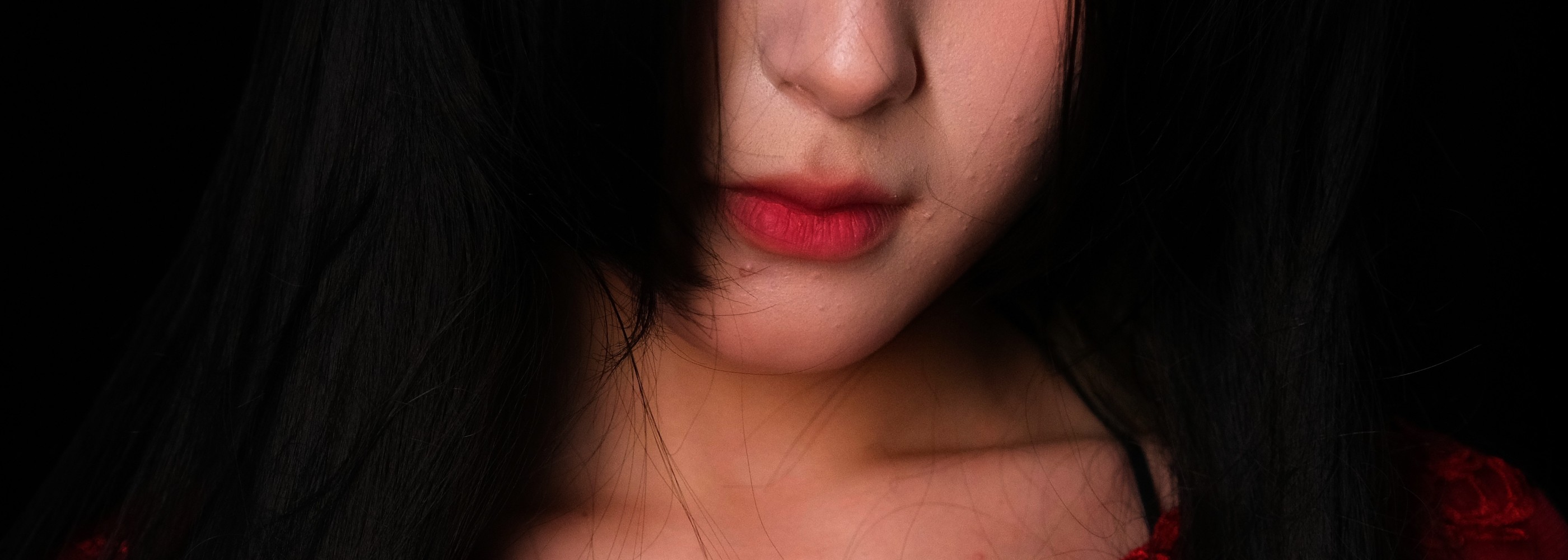

Globalization has made it a widespread phenomenon to live and work cross-nationally. The internet that developed the information communication era, builds up an open and mutual relationship between people in diverse places and in multiple nations. With the drive towards capital globalization, the spreading information, sharing knowledge and blending cultures are ongoing at unprecedented speed. It becomes a significant premise to band all the females around the world together. From the “March to Washington” that had 2million female marchers globally, to the “Me too” anti-sexual harassment campaign that has swept the world recently, you can find that the power of the female is united more than ever before. All of these movements undoubtedly have become promotion to the art of feminism.
At the naval activity center at Molenbeth St. John, Brussels, Belgium, there was a particular exhibit with the theme of “What Were You Wearing.” Eighteen outfits hang on the wall, each accompanied by a brief printed story from a sexual assault victim answering the question of what they were wearing when they were assaulted. There was a long-sleeved shirt, complete sets of pajamas, workout shorts, child-size clothing, plain T-shirts which were so ordinary that none of those outfits invited the people wearing them to be assaulted. In Prague at the Art wall Gallery, Alma Lily Rayner exposed her childhood experience of being sexually abused by her father with a series of pictures on the exhibit wall. They are 3D molded daily items, such as a spoon, Mickey doll, a shaver, soap, dildo and so on, then come the theme of those trembling images “What my father stuck in my vagina?” at the end of wall. In addition to this presentation, the tension produced by the artwork itself by through utilizing real events and personal experiences created a huge shock and impact to witnesses.
Today, when the art of feminism is about to be a thing of the past, these works suddenly awaken the whole world, making people realize that feminism and the art of feminism are far from ending. On the contrary, they’re still going strong. The tragedies these women experienced are universal, literally crossing countries, regions and races, and show the common destiny and experience to the females all over the world.
Under this general background, cross-border feminist art is becoming a major orientation. International feminist art exhibits have sprung up in recent years, and successfully presented a unique art form which contains an international view and at the same time keeps the regional characteristics of each society and the personal experience. The international women's art exhibition that is being held at Changsha, China, is one of this kind. Artists are coming from different countries, some of whom have lived or worked in another country before. Their experiences are not unique, but are various and comprehensive. The forms and contents that expressed are with broader perspectives and multiple regional characteristics. The “Female in Darkness” program that Franziska Greber, a Swiss artist, put into practice in Africa, India and Asia, is focused on women who suffered from family violence. The impressive feminist artwork “Mother” created by Zhen Guo, a Chinese-born American, is based on her own experiences, with other aspects such as the installation art and the pop style merged. Baoju Wang reflects her feminism perspectives and attitudes is a series way of deconstructing the political power. The French artist Laetitia Deschemp, on the other hand, brings out a metaphorical world based on personal experience with expressive language that is full of tension.
New characteristics of the art of feminism show up in these works. First of all, the extension to the perspective of feminism no longer binds the female with unconscious expressions of sexuality. Instead, they pay much attention to rational thinking and conscious creation. They prefer not to use territoriality and symbols of gender deliberately. To build up their own language system, they start from the self-examination and deep thinking of the entire social culture and history. These significant works embody the art of feminism beyond the traditional definition expanding the boundaries as well as the orientation of feminism. Without doubt this exhibition provides evidence for the practice and research on feminism art in the future.
Xinmo Li
2018 Beijing